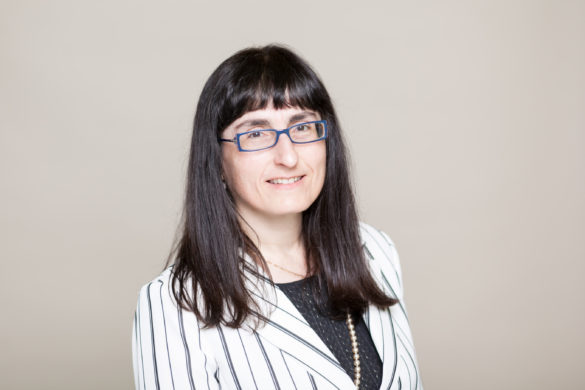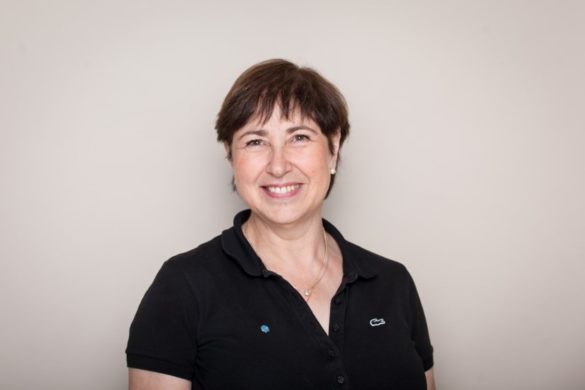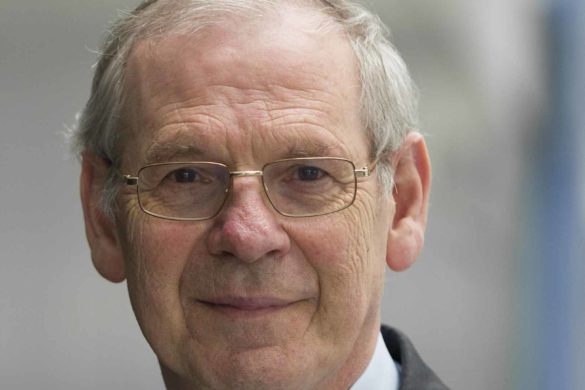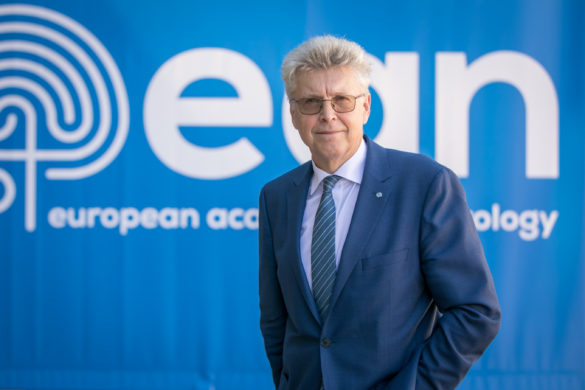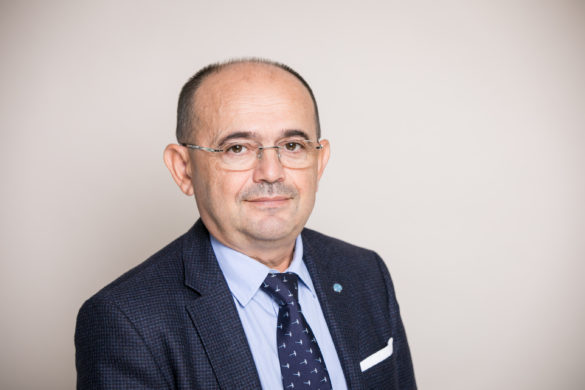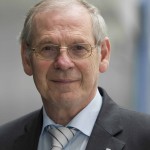 by Günther Deuschl
by Günther Deuschl
The purpose of EAN is to promote excellence in Neurology in Europe and among other topics the bylaws have detailed this ‘to increase the … standards of neurological services, to support neurological research and to be an organ speaking for neurology as the major medical specialty caring for patients with neurological disorders’. A very important structure of the Society to continuously fulfill this mission are the 31 scientific panels of EAN. These panels did exist already within the former Societies EFNS and ENS but they were organized differently. As they have received some reformation I would like to briefly outline their current function and why this reorganization was necessary.
Major tasks of the panels are to produce guidelines, to monitor and comment on important scientific developments and to alert the Society to new developments in the field. Helping to shape the annual congress, forming a rare disease resource and giving input also for new educational issues are further tasks for them. The Guidelines are of paramount importance for EAN. There is a definite political will at the European commission level to work for a harmonization of the European Health system. The cross-border ‘European Reference Networks’ for diseases and disease groups are a means to develop similar health care opportunities for all European citizens. The European Academy of Neurology wants also to harmonize the standards of diagnosis and treatment of neurologic diseases in Europe. One of the most important preconditions is therefore to have a unified view on the necessary options for diagnosis and treatment from the scientific point of view. In other words without scientifically based guidelines we cannot help in this current process. The production of guidelines for the most important neurologic diseases is therefore a priority task.
New developments in our field need expert discussion. Such expert discussion has started within Neuropenews wonderfully by having article recommendations each month by the EAN Scientific Panels in each issue (https://www.eanpages.org/?p=10790) and the ‘paper of the month’ by the editor of Neuropenews (https://www.eanpages.org/?s=paper). The advantage of these easy-to-read publications is not only to be informed about the latest news in our field but also to have the opinion of top experts in the field – usually members of our panels. We await position statements on important issues for our research and clinical work to be produced spontaneously and on request from the board in the very near future.
These and many other tasks of the EAN regarding scientific issues are continuously requesting major input from many colleagues and their collaboration. The Scientific Panels are therefore needed as a powerful and highly operational think tank of the Sciety. The EAN Board has recently approved a new internal organization proposed by the chair of the scientific committee, Prof. Antonio Federico. We have still a nominated senior and a junior colleague from each of our national member Societies to have all countries represented, as it has been the case for EFNS. Now, however, each full member of EAN can join one or several panels. This will lead to a large number of colleagues working within the panels. In order to better organize this work we have introduced the Scientific Panel management groups. Instead of only a chairman the panels will in the future be led by a group of 4-6 colleagues who have separate predetermined roles. It is a remarkable development within EAN that each panel has democratically elected its management group through the new tools which the internet provides. Indeed, roughly 1000 persons have elected the panel chairs and the management groups.
In addition, EAN has collaborations with specialty Societies like The Movement Disorder Society-European Section, the European Stroke Organisation, and the European Committee for Treatment and Research in Multiple Sclerosis and they are all invited to nominate representatives into the management groups to keep close ties at the scientific level of the Societies.
I will not end without warmly thanking the many highly motivated chairpersons and members of the panels for their dedication to EAN and for their hard work. They are fulfilling an outstanding job for neurology. All the jobs within our Society are voluntary and the compensation is particularly the opportunity to participate in constantly upgrading European neurology, recognition in the international scientific world and within EAN. We are all proud to help European neurology. I hope that the reorganisation will allow an even more efficient and successful collaboration.
Information on all the panels can be found here: https://www.eaneurology.org/Scientific-Panels.1560.0.html




